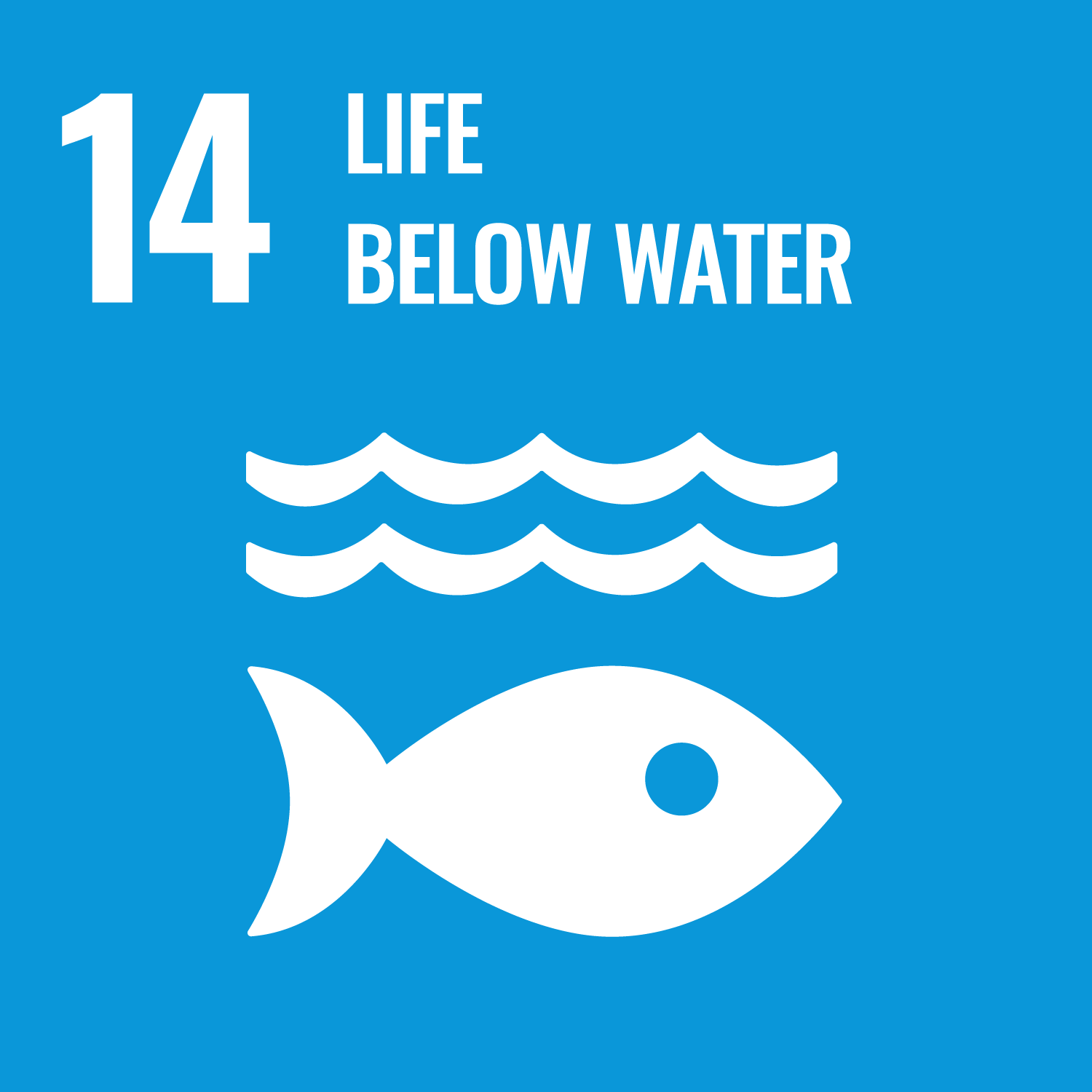Traceability of fish and environmental management of marine resources are the focus of ISO/TC 234, ISO’s technical committee for fisheries and aquaculture, which provides a unique opportunity to participate in the development of fisheries and aquaculture in a way that respects sustainable development.
Consumers are increasingly looking for ecological products, so demonstrating its carbon footprint is one way to gain a competitive edge. Now seafood suppliers can do just that with the publication of ISO 22948, Carbon footprint for seafood – Product category rules for finfish. The standard details the product category rules (PCR) for the calculation and communication of the carbon footprint of seafood as defined in ISO 14067:2018, Greenhouse gases – Carbon footprint of products – Requirements and guidelines for quantification. This in turn enables a better understanding of the environmental impact of such products, which can be demonstrated to consumers as well.
The methodology outlined in ISO 22948 builds on the requirements of ISO standards for life-cycle assessment and products’ carbon footprint. It enables the calculation and communication of the carbon footprint of finfish products, from fishing and/or cultivation through to consumption, and is relevant for products from both fisheries and aquaculture value chains. It is expected that widespread use of the standard will serve as a valuable tool to reduce energy consumption and improve the overall environmental impact of the seafood industry, while fuelling greater consumer demand for low-carbon products.
ISO/TC 8, Ships and marine technology, has developed over 250 sustainability-related standards for the design, construction, equipment, technology and marine environmental matters related to shipbuilding. In particular, ISO/TC 8’s subcommittee SC 2, Marine environment protection, has standards related to the environmental impact of ships and marine technology, such as the response to oil spills and the management of port waste reception facilities.
